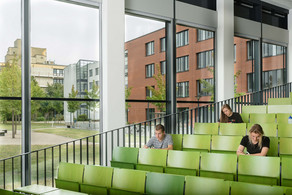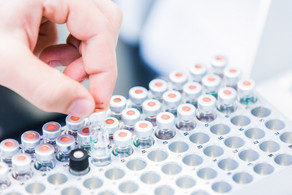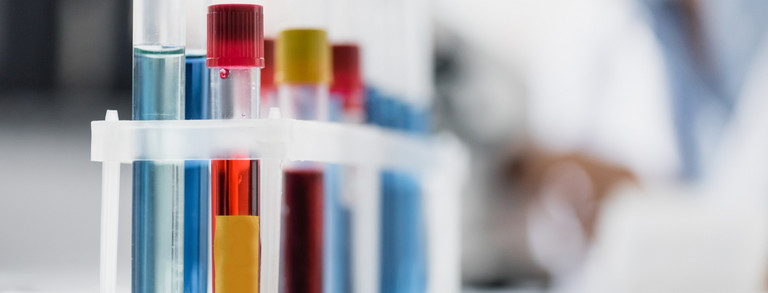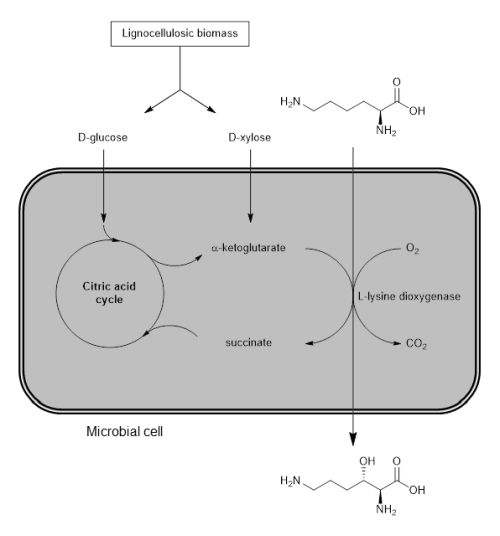Whole cell biocatalysis
This project focuses on the production of industrially relevant chemicals using whole cell biocatalysts and renewable feedstocks. The metabolism of the cells is optimized for the regeneration of the required co-substrates. The pursuit of an integrated process development approach forms the basis for efficient scale-up and downstream processing.
The main advantage of biocatalysis is its excellent regiospecificity and stereospecificity [1]. Biocatalysts have been shown to be efficient catalysts for reactions that otherwise require harsh reaction conditions, such as C-H hydroxylations. In general, biocatalysts can be used as enzymes in cell-free systems or as the whole cell catalyst. Cell-free systems are often used for one-step biotransformations, while whole-cell systems are used for fermentations or when regeneration of cofactors is required [2].
[1] Bommarius, A. S. (2015) Biocatalysis: a status report. Annu. Rev. Chem. Biomol. Eng. 6, 319-345. [2] Schrewe, M., Julsing, M. K., Bühler, B. & Schmid, A. (2013) Whole-cell biocatalysis for selective and productive C-O functional group introduction and modification. Chem. Soc. Rev. 42, 6346-77.










